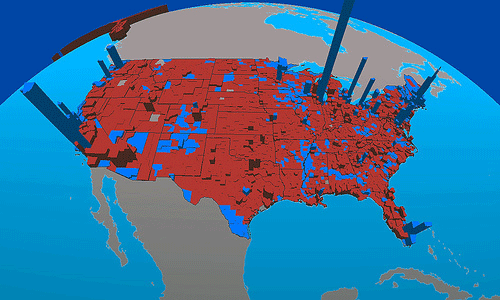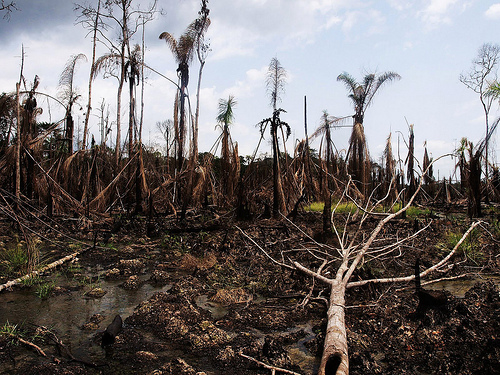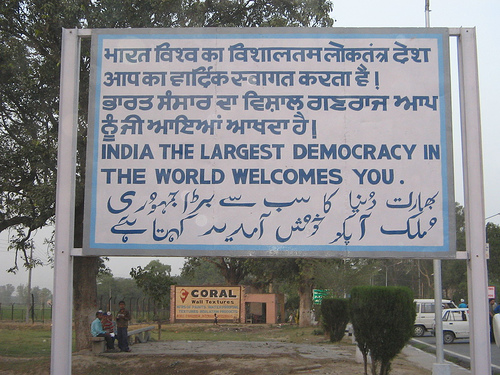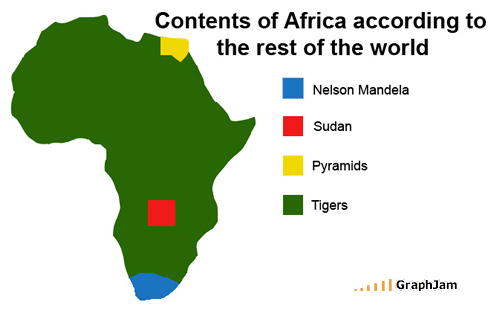UPDATE 9am, Oct. 27: commenter says too rosy a picture of Middle? see end of this post
There has been a lot of talk this political season about Ivy League Elitism. My own background—of belonging and yet not quite belonging to the elite— makes me very conflicted.
On Monday, I gave a seminar (not for the first time) at my undergraduate alma mater, Bowling Green State University, which is located in my hometown of Bowling Green, Ohio. It was a very good audience, and I enjoyed as always interacting with my old professors, my first mentors in economics, Charles Chittle, John Hoag, and Leo Navin, as well as with one of BGSU’s new generation of star professors, Timothy Fuerst. I also gave a talk at my old high school (BGHS), and was very impressed with the knowledge and smarts of the students (from the Model UN club) and the Social Studies teacher who hosted me, Theresa Dunn, on development topics.
Earlier this year, I attended an awards ceremony where I was one of 100 alumni that were “among the most prominent” of BGSU’s first 100 years, 1910-2010. Some of my friends teased me that getting an award like this was a bit easier at BGSU than it would have been at, say, Harvard, and I played along with maximum self-deprecation. Yet at the awards ceremony, I felt very humbled by how impressive the rest of the 100 were, with high-achieving entrepreneurs, scientists, actors, artists, and athletes.
My Bowling Green experience always reminds me how American economic development is not just built on a bicoastal elite that went to the elite high schools and universities, but on a very broad and deep Middle America (usually dissed as “flyover America”). The bicoastal elite itself is not a fixed hereditary class, but is constantly renewing itself with new recruits from the same vast Middle, of which I am originally one.
The Massive Middle also provides upward mobility to the poorer regions. My family had lived in one of the poorest regions of the US, the Appalachian Mountains of western Virginia and West Virginia for seven generations. My father grew up in southern West Virginia during the Depression, after having lost his own father at age 2 to tuberculosis. Yet thanks to his hard-working mother and his own hard work, he got a Ph.D. at West Virginia University (WVU) and then got a job as a biology professor at BGSU. Government-funded education like WVU, BGSU, and BGHS is also what helped create the Massive Middle.
So after all this, I am a bit conflicted about the Ivy League Elite. I don’t like the anti-intellectual attacks on this elite (from the Middle); I respect very much all the incredibly smart and creative people I know who belong to this elite. Contrary to the perception of the attackers from the Middle, the elite universities do a great job producing world-class ideas and achievements.
At the same time, I don’t like the pretensions of some in the elite who look down on the Middle and who think they are the only ones qualified to contribute to our development.
Having been on both sides, Middle and Elite, it looks to me like BOTH are success stories in themselves and BOTH have played their own important part in America’s Miracle of Development.
UPDATE POSTSCRIPT 9 AM, OCT. 27: a commenter suggests my portrait of the Middle is too rosy and mentions the "cult of mediocrity." I agree that this exists. In Bowling Green, the Junior High and High School periodically face threats of cutbacks to their (already limited) programs for gifted students. And yes, I perceived that many people in Bowling Green had anti-intellectual values, both when I was growing up and now, which does feed a "cult of mediocrity." But Bowling Green is diverse (check out the coffee shop Grounds for Thought as the HQ of the local intelligentsia), and there were and are many who recognize and encourage those who do well in school.
 Happy election day! Aid Watch is unable to maintain any pretense of doing its normal business in the midst of all the excitement. Please vote early and often for the candidate of your choice, as long as they passed 8th grade science.
Happy election day! Aid Watch is unable to maintain any pretense of doing its normal business in the midst of all the excitement. Please vote early and often for the candidate of your choice, as long as they passed 8th grade science. From Aid to Equality
From Aid to Equality
















